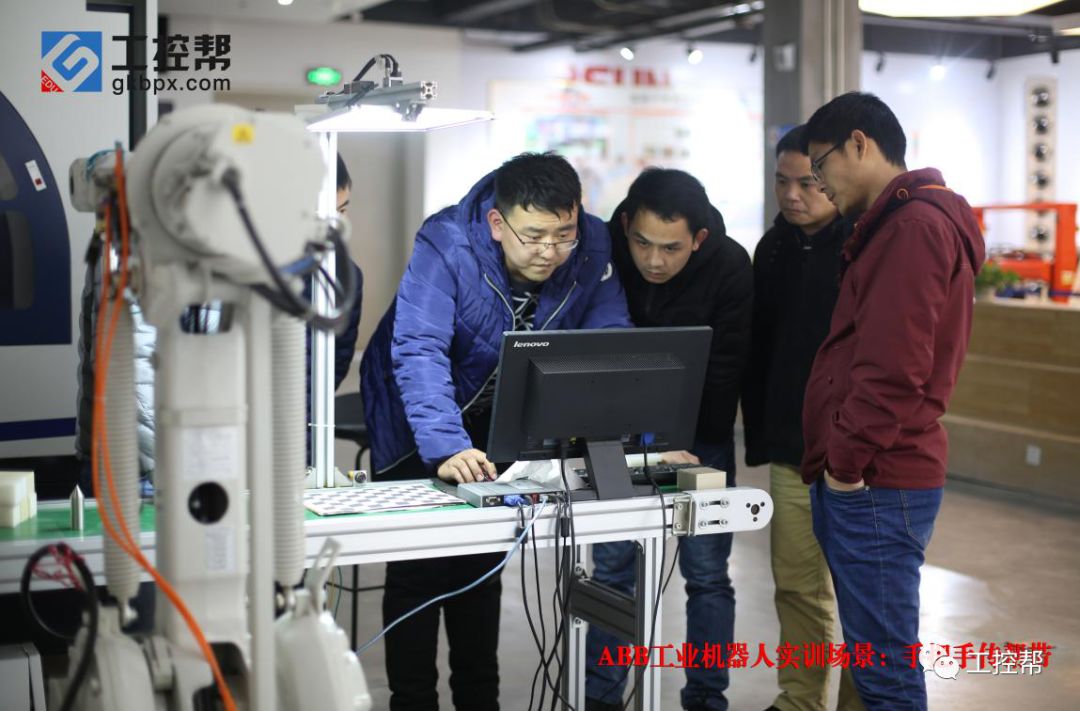At present, there are three main programming methods for industrial robots:
1 teaching programming
Teaching programming is a mature technology, which is the programming method of most industrial robots. In this way, programming is done on-site at the robot.
2 offline programming
Off-line programming is a method of programming robot trajectory planning in a dedicated software environment using a dedicated or general-purpose program. The offline programming program generates the target program code by supporting the interpretation or compilation of the software, and finally generates the robot path planning data.
3 robot language programming
Robot language programming refers to the use of a dedicated robot language to describe the trajectory of the robot. Robot languages ​​currently used in industry are action-level and object-level languages.
Today, the main difference between teaching programming and offline programming:
Teaching programming
Need an actual robotic system and working environment,
The robot stops working while programming.
Test the program on the actual system,
The quality of programming depends on the experience of the programmer.
It is difficult to achieve complex robot trajectories.
Offline programming
Requires a graphical model of the robot system and work environment,
Programming does not affect the robot work,
Through the simulation test procedure,
CAD can be used for optimal trajectory planning.
Can realize the programming of complex running track.
Teaching programming advantages
The programming threshold is low, simple and convenient, and does not require an environmental model; when teaching an actual robot, the error caused by the mechanical structure can be corrected.
Shortcomings of teaching programming
1. Teaching online programming process is cumbersome and inefficient. 2, the accuracy is completely determined by the visual inspection of the teacher, and it is difficult to achieve satisfactory results for the complicated path teaching online programming. 3. There are too many types of teaching devices, and the amount of learning is too large. 4, the teaching process is prone to accidents, but the equipment is damaged, but the person is injured. 5. Robots should be occupied when teaching actual robots.
With the expansion of the field of robot applications, teaching programming has become inadequate in some industries, so offline programming has gradually become a popular programming method.
Compared to teach programming, offline simulation programming has the following advantages:
1. Reduce the time when the robot does not work. When programming the next task of the robot, the robot can still work on the production line and become unoccupied with the working time of the robot.
2. Keep programmers away from dangerous programming environments.
3, a wide range of use, offline programming system can program a variety of working objects of the robot.
4. It is convenient for CAD/CAM system to be combined and CAD/CAM/robotics integration.
5. Advanced tasks can be programmed using advanced computer programming languages.
6, easy to modify the robot program.

Simulation programming overcomes many shortcomings of online teaching programming, makes full use of the functions of the computer, reduces the time cost required to write the robot program, and reduces the inconvenience of online teaching programming. At present, offline programming is widely used in emerging applications of robots such as grinding, deburring, welding, laser cutting, and numerical control machining.
But off-line programming also has its own drawbacks: for the generation of simple tracks, it is not as efficient as teaching programming. Model errors, workpiece assembly errors, and robot positioning errors all have a certain impact on their accuracy.
Stainless Steel Bright Rod, 304 Stainless Steel Round Bar, Stainless Steel Flat Bar, Stainless Steel Threaded Rod
ShenZhen Haofa Metal Precision Parts Technology Co., Ltd. , https://www.haofametal.com
